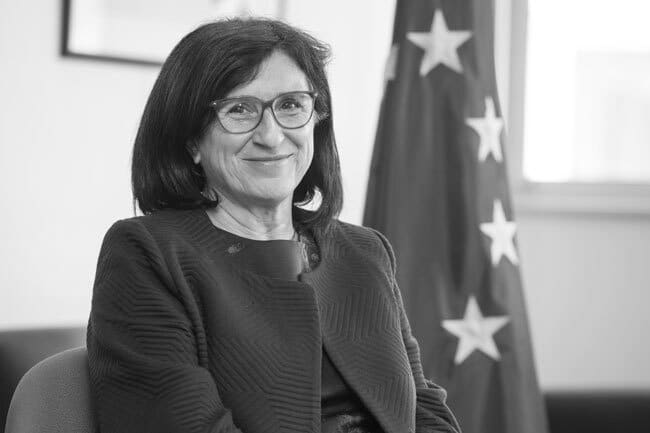Juan ALARIO Associate Director. Head of the Energy Efficiency and Renewables divisions, European Investment Bank [vc_btn title= »download the article » style= »outline » color= »blue » align= »right » i_icon_fontawesome= »fa fa-file-pdf-o » add_icon= »true » link= »url:http%3A%2F%2Fprod.confrontations.org%2Fwp-content%2Fuploads%2F2016%2F03%2FRevue-107-Expanding-EU-Energy-investments-smartly-p17.pdf||target:%20_blank »] Html code here! Replace this with any non empty text and that's it. Although comprehensive information on EU energy investment is limited and unreliable, it is clear that the sector has witnessed an unprecedented cyclical boom in the period 2005 to 2011, driven by renewable energy investments. Investment in renewables was around EUR 95 billion in 2011 and dropped sharply to EUR 50 billion in 2013(1). The EIB has financed a significant part of this investment (about EUR 11bn a year in the period 2010-13). The energy investment boom, combined with the decline in energy consumption since the start of the crisis, has generated substantial overcapacity in the electricity and gas sectors. This has contributed to lower wholesale prices and corresponding lower returns, particularly
Ce contenu est réservé aux abonné(e)s. Vous souhaitez vous abonner ? Merci de cliquer sur le lien ci-après -> S'abonner












